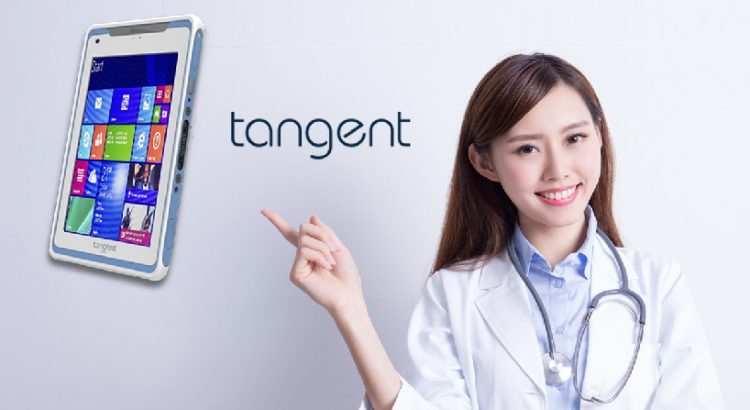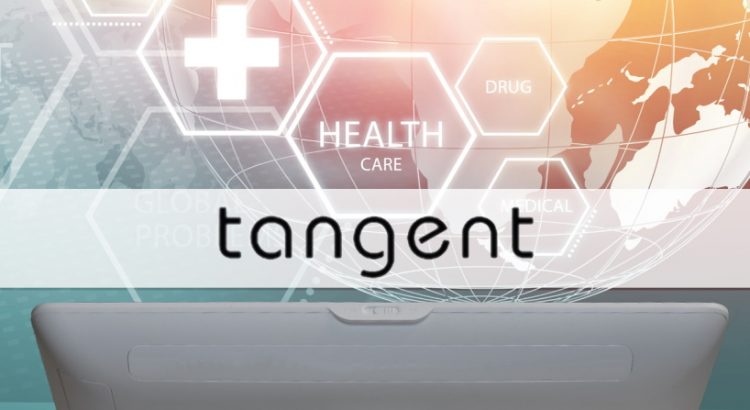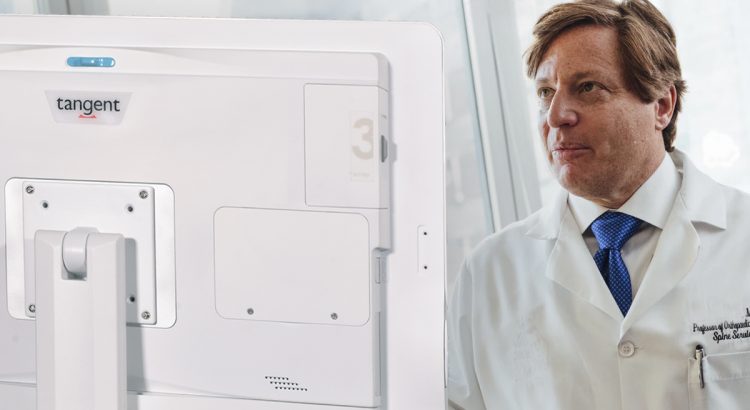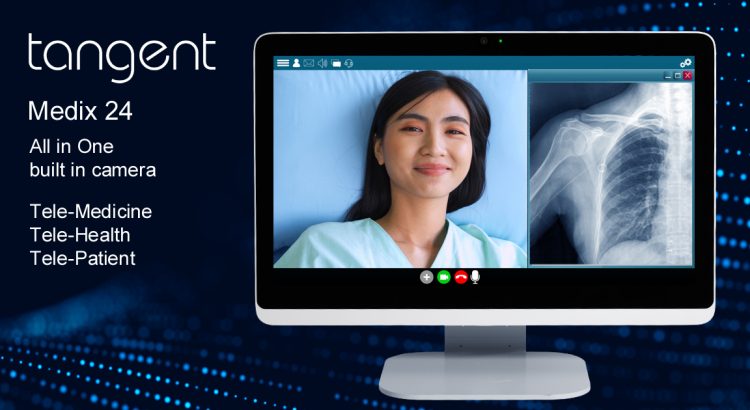This pandemic has not only changed the way healthcare operates, but also how it is delivered. Virtual appointments were scarce before 2020, often used as an auxiliary option for patients. Now nearly any appointment that can be done online is. Tele-health, Tele-medicine, Tele-patient appointments all play increasingly important roles in the hospital. Despite their similar […]
Tag: Tele-medicine

Remote Patient Monitoring With Medical Computers
During this pandemic, telehealth has seen an unprecedented rise in its use. The federal government, in collaboration with private companies, have made telehealth more accessible than ever before. But telehealth is only one half of the picture. While patients of all backgrounds can make use of telehealth to virtually see their doctors, some patients require […]

How Hospitals Are Adapting To Meet Surging Hospitalization Rates
The U.S. is continuing to set new records for case numbers nearly every day, and the third wave of this pandemic seems to be in full swing. Hospitals around the country are preparing for numbers to continue to skyrocket, as the full effect of the holiday season has yet to be seen as the L.A. […]

Medical Monitors For Better Telemedicine
While we would all like to meet our doctors in person for our personal care, this is not always possible. Patients with disabling conditions, those bed ridden, and others who are simply too sick to come into the doctor’s office for a visit may feel alienated from the care they have come to expect from […]
